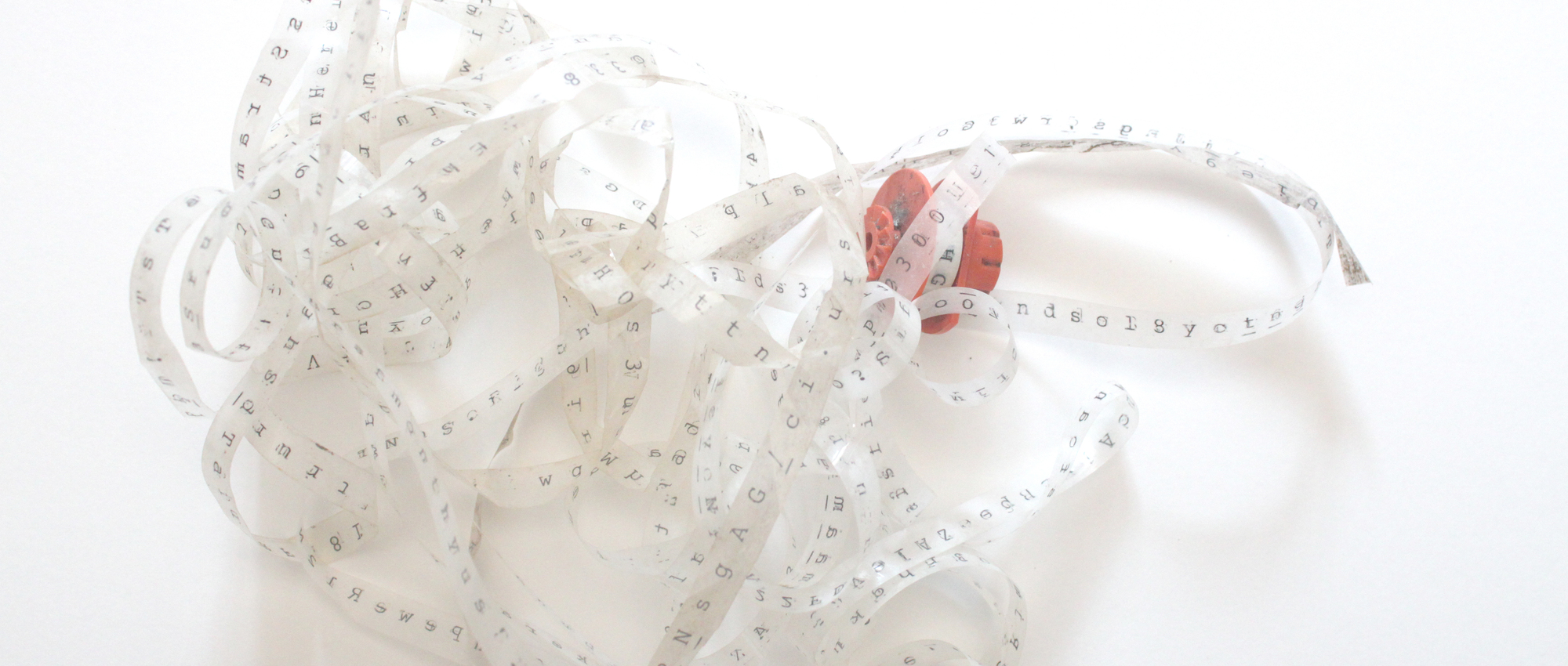Historically design has pushed humans further from nature and seen nature as utilitarian. As Tham states, design has been the instrument that distinguishes humans from nature.1 Today, designers are working on design with nature practices that help ‘people develop a sense of treasuring nature’.2 More importantly designers should be working collaboratively with other disciplines and with citizens to develop a new relationship with nature.
Design is ontological, and brings about particular ways of being, knowing, and doing.3 This requires a social practice ’embedded in and meditated by the space, places, messages, and things encountered every day’.4 Design can play a role in encouraging people to use their imaginations and tell new stories about their everyday lives.
My work aligns with Transition Design. This involves a systems thinking, multi-stakeholder approach that involves backcasting, linking and amplifying projects.5
There is a synergy between the commons and future-focused design theories and practice like metadesign. This notion relates to Ingold’s definition of commoning as an ‘imaginative act of casting our experience forward’.6
Metadesign creates the conditions for citizens to be empowered to take action in their own lives and communities. To develop the capabilities of ‘change-agents’.7 An emerging design practice, metadesign creates social and technical infrastructures in which new forms of collaborative design can take place.8 It is a space where users of systems can be the designers.
The world of collective, unremunerated action (such as Creative Commons, community gardens, gift economy) sits comfortably with metadesign practice.9 Fuad-Luke chooses to position metadesign away from environmental wellbeing10 but I would argue it is integral to its practice. John Wood states that metadesign is a self-reflexive design practice with an environmental agenda. It’s an ‘enterprise of seeding (“how things might be’)”.11
Mathilda Tham calls metadesign ‘a license to dream’ (after John Wood) and an uncompromisingly systemic approach to future making.12
Tham suggests we put big models and frameworks aside to instead start digging where we stand and get dirty. ‘It is so clear in design that the genuine love of a project comes when we start digging deep, with our bare hands, getting our psyches and souls in there’.13
Excerpt from Master Module Workbook.
1 Mathilda Tham, Dirty Design (or A Bloody Mess) In Celebration of Life Affirming Design in Design and Nature: A Partnership. London: Routledge, 2019. http://capitadiscovery.co.uk/brighton-ac/items/1501616. 137
2 C Condell., Bertrand, G., Lipps, A., & McQuaid, M. (2019). Nature: Collaborations in design. New York,, NY: Published by Cooper Hewitt, Smithsonian Design Museum. 14
3 Arturo Escobar, Designs for the Pluriverse, Radical Interdependence, Autonomy and the Making of Worlds, ed. University of North Carolina Arturo Escobar, Chapel Hill and Clark University Dianne Rocheleau, New Ecologies for the Twenty-First Century, (Durham and London: Duke University Press, 2018). x
4 Susan Yelavich and Barbara Adams, eds., Design As Future-Making (London / New York: Bloomsbury Visual Arts, 2014).12
5 Sarah Macbeth, Studio module workbook, 31.
6 Tim Ingold, “Art and Anthropology for a Sustainable World.” Journal of the Royal Anthropological Institute 25, no. 4 (2019): 659-75. https://doi.org/10.1111/1467-9655.13125. p675
7 Fry, Design as politics. 79
8 Jonathan Chapman and Nick. Gant, Designers, visionaries and other stories: a collection of sustainable design essays (London: Earthscan, 2007). http://capitadiscovery.co.uk/brighton-ac/items/1115620. 30
9 Ibid., 103
10 Ibid., 36
11 Ibid., 102
12 Mathilda Tham, “Wicked possibilities.” Presentation at Wicked Possibilities: Designing in and with systemic complexity [webinar], University of Brighton, UK, July 15, 2020. Available at https://vimeo.com/436882571
13 Mathilda Tham, Dirty Design (or A Bloody Mess) In Celebration of Life Affirming Design in Design and Nature: A Partnership. London: Routledge, 2019. 139

